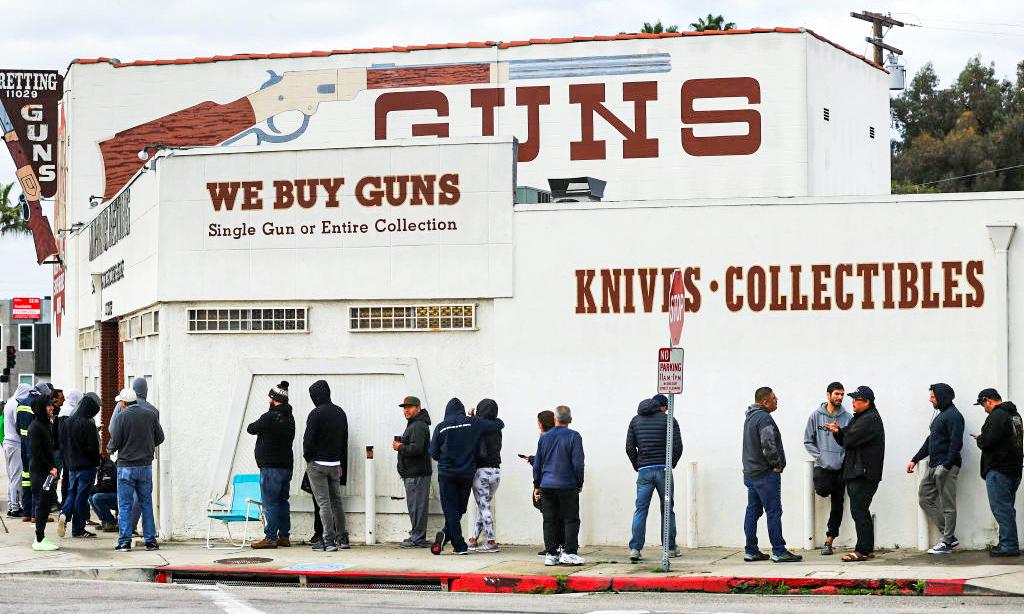Commentary
It’s typical of the biased coverage of gun rights that the Los Angeles Times’ article on the Remington gun case in Connecticut got its implications wrong. On Tuesday, the families of those killed in the 2012 Sandy Hook massacre at a Connecticut school reached a $73 million settlement with Remington, the manufacturer of the gun used in the killings.





